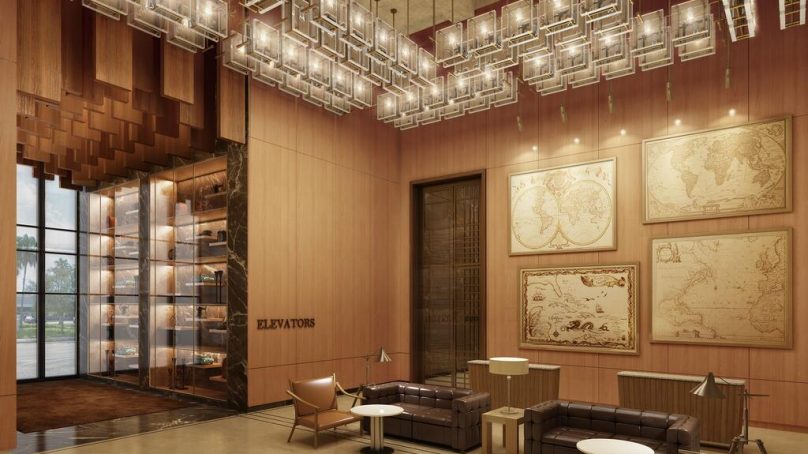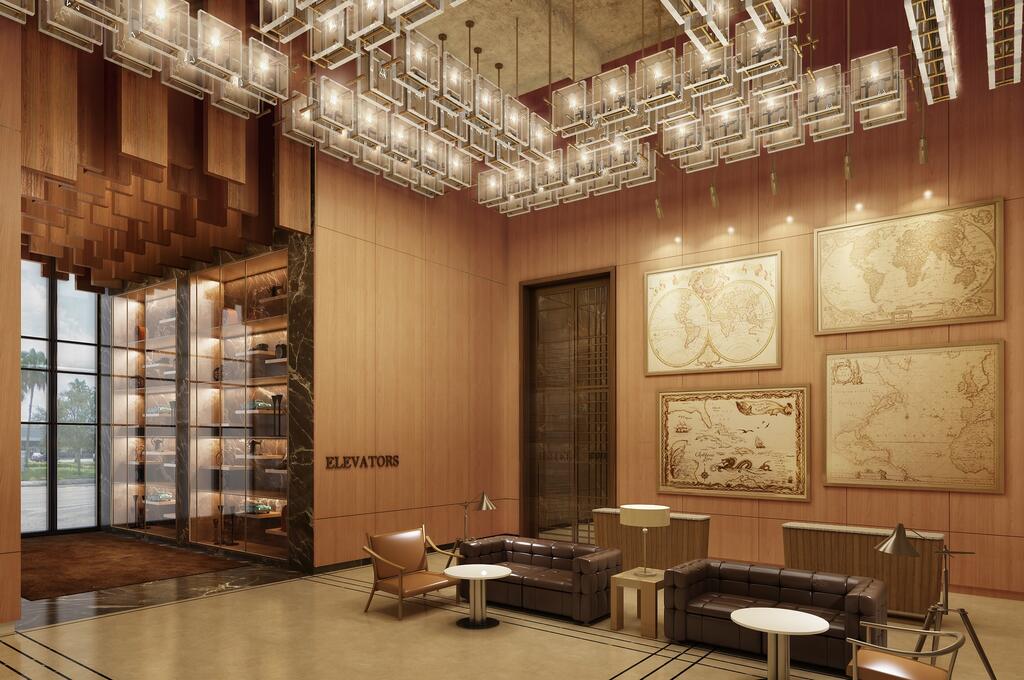

While many restaurant owners are rushing to adapt to the new normal by respecting heightened standard health safety measures and adopting simple, cost-efficient modifications to their existing interiors, future dining experiences may look quite different to how they were before.
Redefining the boundaries between the interior and the exterior
One thing we know for sure is that the coronavirus spreads quickly from one person to the next. Nature, fresh air and the outdoors are the industry’s salvation, and creating outdoor spaces or extending the seating section to include the outdoor areas to reduce transmission is the next design frontier. In some cities, municipalities have granted permission for restaurants to accommodate diners on the sidewalk.
Takeaway and creating a quicker dining experience
Throughout the pandemic, many restaurants have relied on online orders and takeaways to sustain their operations. With grab-and-go becoming more common, we designers need to incorporate a takeaway pick-up station into the overall restaurant design. This extends beyond fast-food establishments, as some well-known Michelin restaurants have even developed delivery/takeaway menus. We have to create a well-studied set-up and route from the moment the client arrives and waits up until the time they leave. Even if it is just for a few minutes, we have to create a whole new world for diners to escape in, an experience that will accompany them home and add to the enjoyment of their meal.
Open kitchens: the end of a trend or greater visibility?
The concept of open kitchens, which create a connection between diners and the space where their dishes are prepared, might now take on a wholenew meaning. The continuation of this trend will depend on the nature of the restaurant and the behavior of its clientele vis-à-vis social distancing. While open kitchens may be cause for concern in terms of contamination, some customers will undoubtedly find comfort in being able to see superior hygiene standards in place, especially in quick-service restaurants. Thus, for the moment, open kitchen design remains relevant in restaurant interior concepts, albeit with a glass partition. Just imagine watching a cooking movie in 2D without the luxury of smelling those mouthwatering aromas.
Staycations: foreign interiors for locals
Before we start working on a project, we have to study the market in order to define our clientele. When a restaurant offers Chinese, Peruvian or Indian food, the design should make sense locally to fit the landscape. We therefore need to prioritize the local community and cater to their needs, as foreign tourists are no longer a priority due to Covid-19 travel restrictions.
Flexible arrangements
Before the coronavirus pandemic, it was recommended that restaurants provide each seated diner a space of 1.4 square meters. Now, the World Health Organization has recommended 2.5 square meters per diner.
Contactless orders
The interior design world has been forced to think about hands-free solutions to minimize the spread of Covid-19. Contactless systems for doors, wash basins, toilets, lights, trash bins and menus are just some of the things we need to consider carefully.
Embrace the simple lines
The choice of materials in a restaurant is now critical. Fabrics need to be easy to disinfect and clean. We will be seeing less decorative furniture and carved wood designs that can collect germs. Furthermore, table tops will be undressed, while table lamps, cutlery buckets and napkin holders will disappear.
A surreal dining experience and biophilic interiors
Before the pandemic, every corner of a restaurant had to be occupied to ensure a higher profit margin. But now, to adapt to the new reality, restaurateurs should sacrifice some seats to respond to social distancing rules. Working on a flexible table arrangement is the easiest option but not the ideal choice if you want an interior to stand out. Interior designers have taken it to the next level by designing creative and whimsical interiors to attract apprehensive clientele to dine in. Tables with stuffed bears and fake mannequins seated at them are one idea. Biophilic interiors are also gaining traction, providing interesting green spaces that fill the required distance between tables.
Ultimately, designing post-Covid-19 restaurant interiors requires greater creative vision. While respecting all hygiene factors, interior designers must come up with unique ways to create safe spaces that customers would be willing to take the small risk to escape to.

Delphine Gebra,
Interior architect













